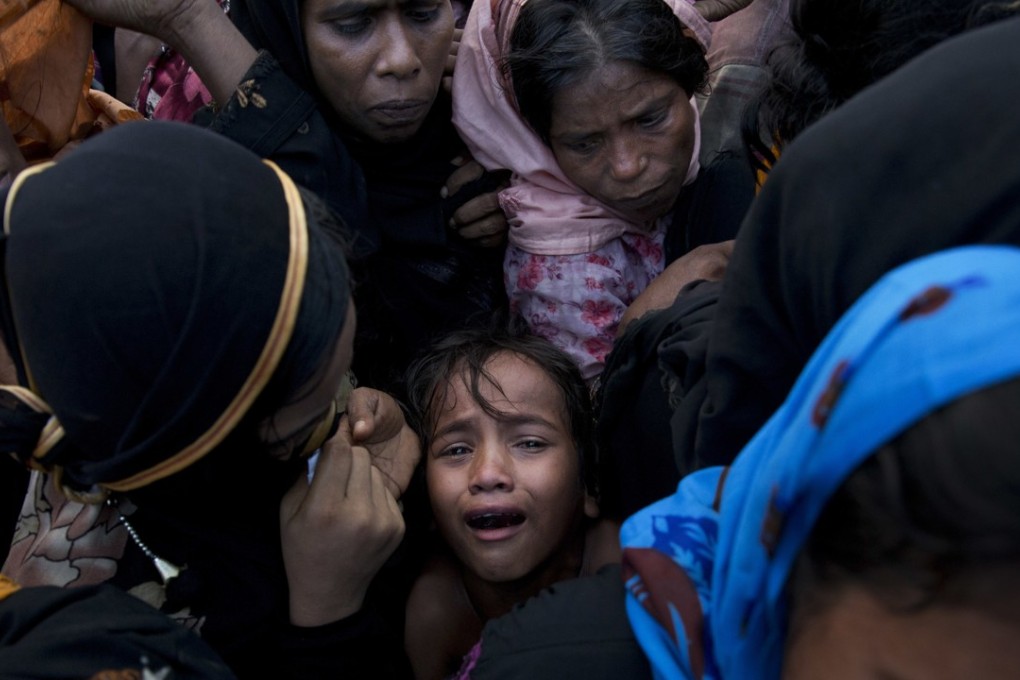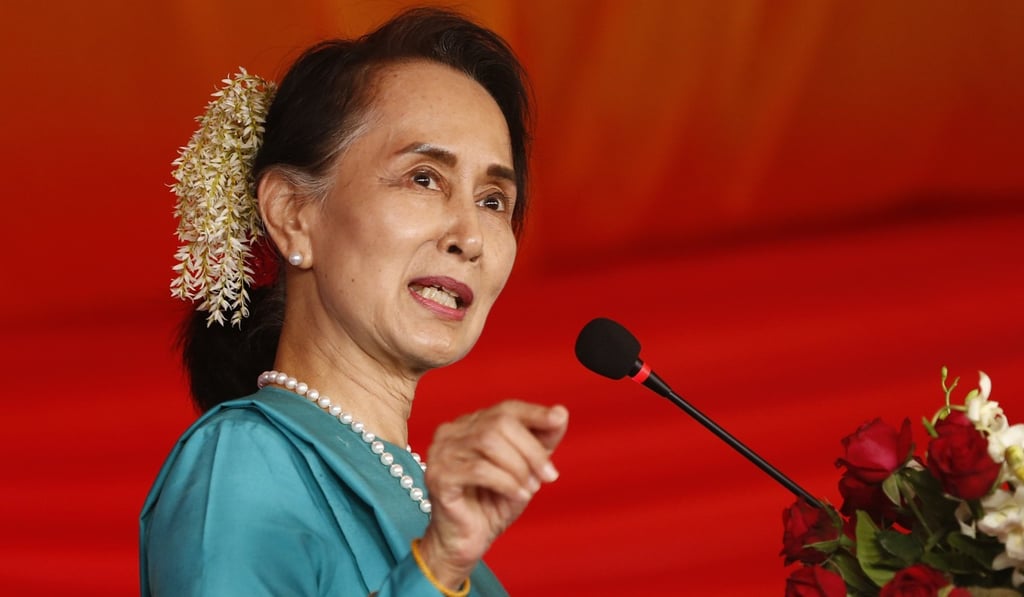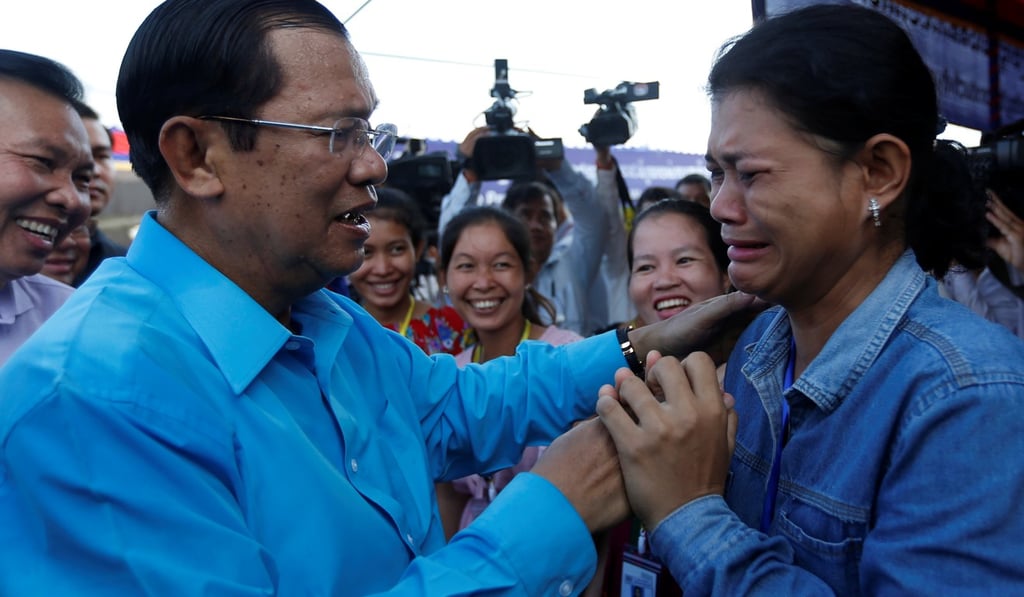Advertisement
Best and worst in 2017: Asia’s powerful leaders won, opposition parties lost, and a Nobel winner fell from grace
Curtis Chin and Jose Collazo say Kim Jong-un and Xi Jinping saw their powers expand in 2017, while the Rohingya Muslims, Aung San Suu Kyi’s reputation and opposition parties across the region suffered setbacks
Reading Time:3 minutes
Why you can trust SCMP

Farewell, 2017. As 2018 dawns, we look back at what made headlines and – fitting in this day – lit up Facebook and other social media in Asia in the year that was. From a US presidential visit to Beijing to the 19th Communist Party congress to the assassination of North Korean leader Kim Jong-un’s half-brother at a Malaysian airport this past February, this past year’s news was all too real.

Worst Year: Aung San Suu Kyi and the Rohingya people
Advertisement
In 2013, Myanmar democracy icon Aung San Suu Kyi’s fall from grace began. The Nobel laureate did little to speak up against the persecution of the Rohingya Muslim minority as she kept her eyes on the prize of leading her majority Buddhist nation. By year’s end in 2017, her fall may well be complete, with more than 600,000 Rohingya having now fled into Bangladesh following rapes, murders and the burning of their villages. Whether a “humanitarian and human rights nightmare”, as described by the UN secretary general, or “ethnic cleansing”, the world has failed to effectively respond to Myanmar’s brutal treatment of an entire people.
More on the Rohingya Muslims

Advertisement
Advertisement
Select Voice
Choose your listening speed
Get through articles 2x faster
1.25x
250 WPM
Slow
Average
Fast
1.25x